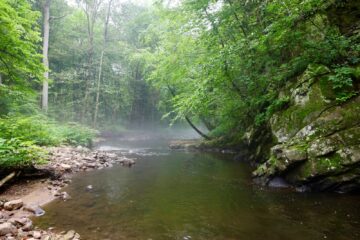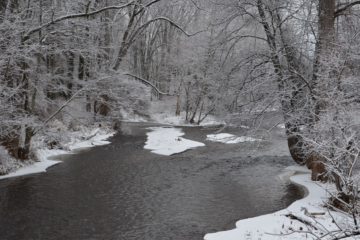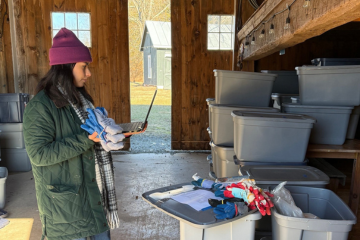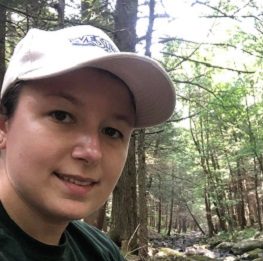
Rita Matos
“When we think of culverts, most people do not acknowledge them or think about their importance. I like to think of culverts as the ‘underbelly’ of a roadway because it is an area that is never explored. These structures not only provide roadway access and drainage from major floods but can act as vital passageways for animal movement. Highways and roads prohibit wildlife movement, which causes auto collisions and is a safety risk for people and a mortality risk for wildlife. Having the proper structure and passage for wildlife to cross under our major highways would decrease vehicular collisions by wildlife and make NJ’s roadways safer for everyone. Also, many streams are not connected when they cross from one side of a road to another, which inhibits movement of aquatic organisms such as fish. The data we are collecting through the culvert assessments will allow Raritan Headwaters, NJDEP and other agencies to make decisions on improving structures to facilitate wildlife movement and ensure safe passage across our roadways. ” – Rita Matos, Stream Connectivity Coordinator
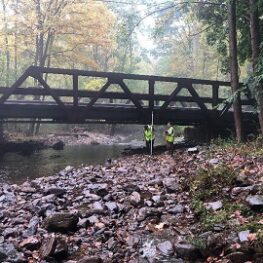
Brian Lynch and Shannen Higgins at work
Streams rely on a healthy ecosystem for clean water – the plants and animals such as mammals, reptiles, amphibians, fish and benthic macroinvertebrates are part of this ecosystem. Raritan Headwaters is partnering with NJ Fish and Wildlife, Endangered and Nongame Species Program to monitor the potential for culverts and bridges to facilitate aquatic connectivity and terrestrial wildlife passage under roadways, especially in core wildlife habitat and wildlife corridors. Our goal in 2021 is to monitor 150 under-road stream crossings (culverts and bridges) in the Upper Raritan River Watershed Region. The project utilizes stream connectivity assessment protocols developed by the North Atlantic Aquatic Connectivity Consortium (NAACC) and a terrestrial passage component for NJDEP’s Connecting Habitat Across New Jersey (CHANJ) core and corridor habitats in the watershed. RHA’s project coordinator Rita Matos and project intern Shannen Higgins along with our team of trained volunteers including Ray Croot and Brian Lynch are doing the hard work needed to make this happen. The plan is to complete the assessments this fall – check back for an update on the results from this important project!
Learn more:
https://streamcontinuity.org/naacc
https://www.njfishandwildlife.com/ensp/chanj.htm

